1.
Paul McCartney was one of the few people who knew Taylor Swift was dropping Evermore, her second surprise album, in December 2020. “I did the Rolling Stone cover with Taylor Swift, and she just emailed me recently, and she said, ‘I wasn’t telling anyone, but I’ve got another album,'” McCartney said during an appearance on The Howard Stern Show. The issue? McCartney’s latest album was slated for Dec. 10, which was the same date Taylor was envisioning for Evermore. McCartney said he gave Taylor her date, which was chosen to coincide with her Dec. 13 birthday. “People do keep out of each other’s way. It’s a nice thing to do,” he said. Evermore dropped on Dec. 10, and McCartney III released the following week.
2.
The depiction of the mafia in HBO’s The Sopranos was allegedly so accurate that real members of the mafia were convinced that the showrunners had been spying on them. In an oral history of the show published in Vanity Fair, Terence Winter, an executive producer and writer on the show, said that an FBI agent told him that on Monday mornings after the show would air, all the agents could talk about was the show. “Then they would listen to the wiretaps from that weekend, and it was all mob guys talking about The Sopranos, having the same conversation about the show, but always from the flip side,” he said. “We would hear back that real wiseguys used to think that we had somebody on the inside. They couldn’t believe how accurate the show was.”
So, how were they able to create such an accurate portrayal of the mafia? A total of 27 of the actors who appeared in the show had previously starred in Goodfellas, which meant they were familiar with playing members of the mob. Drea de Matteo told Vanity Fair that for many of the cast members, being on the show didn’t even feel like acting. “It never really felt like we were trying to pretend that we were in the mafia or that we were Italian,” she said. “We were just a bunch of Italians that were there. Once the show took off and I started doing press, I never even let go of who the character was. I would keep my accent and everything.”
3.
Some consider keeping your fish in a fishbowl a form of animal cruelty. In fact, some manufacturers refuse to sell fishbowls, and they tell pet owners to opt for fish tanks instead because the majority of fishbowls don’t allow for adequate filtration and oxygenation. “Turning round and round in a small bowl drives fish crazy and kills them quickly,” Matthieu Lambeaux, the CEO of a French aquarium manufacturer, said. Goldfish can actually live for up to 30 years in a proper environment, but often die in a matter of weeks or months when kept in a circular bowl.
4.
In September 1961, Betty and Barney Hill, a married couple, were driving back to their home in New Hampshire from a camping trip in Canada when they claimed they had been abducted by aliens. The Hills reported seeing lights in the sky before allegedly witnessing a spacecraft full of “bipedal humanoid creatures” land in a nearby field. Following the landing, the Hills said they had no recollection of the next few hours. When the couple returned home, they said they noticed several alarming changes: Betty’s dress was allegedly stained and torn, Barney’s shoes were scraped, and the leather strap of their binoculars was destroyed.
In the years after the alleged abduction, the Hills were still experiencing lingering effects, and they sought hypnosis therapy to help them recall exactly what happened to them. After about a year of the therapy, both began to piece together stories about what they experienced. They also drew a diagram of the spacecraft that became one of the first examples of the flying saucer UFO. By 1965, their story had been published in a Boston newspaper. Soon after, the story was expanded into a book called The Interrupted Journey and was later adapted into The UFO Incident, a movie starring James Earl Jones.
While the Hills’ story was not the first time civilians had claimed to come into contact with aliens, it was one of the first times that the experience had been portrayed as anything but friendly. Some believed that the Hills had made the entire thing up. The Air Force ultimately dismissed the Hills’ story. The Hills’ story has since appeared in pop culture, most notably in American Horror Story: Asylum.
5.
Don Cheadle had a major role in Ocean’s Eleven, but don’t try to look for him in the credits! Cheadle asked for top billing in the film alongside costars Brad Pitt, Matt Damon, and George Clooney. After all, Cheadle had just starred in Traffic, which had won the Oscar for Best Picture and was directed by Steven Soderbergh, who was also directing Ocean’s Eleven. Cheadle’s request was denied, so he allegedly told the filmmakers to take his name off the movie entirely. Cheadle ended up returning for Ocean’s Twelve and Ocean’s Thirteen and was able to negotiate top billing for each film.
6.
New York City’s Central Park covers about 843 acres in the center of Manhattan, which makes it larger than both Monaco and Vatican City. Monaco, which clocks in at 0.78 square miles, is about three-fifths the size of Central Park, while Vatican City, coming in at only 0.2 square miles, is about one-eighth the size of the park.
7.
On March 30, 1981, President Ronald Reagan was leaving an event at the Washington Hilton when several shots were fired. Reagan was struck by a bullet that ricocheted off a limousine and lodged under his left armpit. Three other officials were injured in the assassination attempt. John Hinckley was immediately taken into custody but was found not guilty by reason of insanity. Following his trial, he spent three decades at a mental hospital until he was released in June 2022. Reagan’s injuries went unnoticed until he began to cough up blood on the ride back to the White House, prompting a pivot to the emergency room.
The media initially reported that Reagan had not been injured at all during the shooting, only to backtrack their statements as more information was released. When Reagan got to the hospital, TV cameras captured him walking under his own power through the doors, but once he got inside, he allegedly collapsed to the ground. According to NPR, Reagan lost almost half of his blood volume and was just seconds away from dying because of the bullet wound. Despite the apparent severity of Reagan’s wounds, the public had no idea how dire Reagan’s initial prognosis was.
White House spokespeople told the media that Reagan was in great spirits. They claimed that he was cracking jokes with surgeons, reportedly telling them, “I hope you’re all Republicans.” He also told his wife, Nancy, that he “forgot to duck.” For nearly 30 years, Americans had no idea how close to death Reagan actually was after the assassination attempt. Dr. Joe Giordano, who was then the head of trauma care at George Washington University Hospital, told CBS News that he believed Reagan would have died had he not been taken immediately to the ER.
8.
Tiger beetles run so fast that they actually temporarily blind themselves. The beetles run at an estimated 53.87 body lengths per second, a speed at which their eyes can no longer gather enough light to see. This proves problematic when they’re trying to track down prey because it makes it difficult for the beetles to keep track of their prey’s location.
9.
Imagine seeing Princess Diana on the big screen! According to Kevin Costner, this was nearly a reality. Following the success of The Bodyguard, which starred Whitney Houston as a singer who falls for the bodyguard (played by Costner) hired to protect her from a mysterious stalker, Costner said that he approached Princess Diana about appearing in a sequel to the film. “The studio liked the idea of doing a Bodyguard 2 [with Princess Diana] in the same kind of capacity as Whitney,” Costner told PeopleTV. “Nobody really knew that for about a year.”
Costner called Diana, who agreed to the film. “I just remember her being incredibly sweet on the phone when she asked the questions,” he said. “She goes, ‘Are we going to have like a kissing scene?’ But she said it in a very respectful — she was a little nervous because I think her life was very governed.” Costner also revealed that he received the first script for the sequel on Aug. 31, 1997, just hours before Princess Diana was killed in a car accident in Paris.
10.
In 2018, 13-year-old Jaequan Faulkner set up a hot dog stand in front of his house in Minnesota to make money to buy new school clothes. Soon after Mr. Faulkner’s Old Fashioned Hot Dogs opened for business, someone complained about the stand to the health department, citing improper food handling practices. Instead of closing down his hot dog stand, the Minnesota Department of Health helped Faulkner get his hot dog stand up to code to allow him to stay open. A few employees even paid the $87 permit necessary for operation to ensure Faulkner could continue running his business.
11.
During the Vietnam War, Robert McNamara, who was then the Secretary of Defense, started Project 100,000, an initiative to get more men to fight in the war even though they received low scores on the Armed Forces Qualification Test, which determines basic eligibility for military service. President Lyndon B. Johnson had recently debuted his War on Poverty initiative, which provided benefits for military veterans. McNamara, who was trying to find new ways to boost the number of soldiers in Vietnam, believed recruitment standards could be lowered and thought that the benefits of programs for veterans could entice these men to fight.
Many of the men drafted under Project 100,000 were “ill-equipped” for service in a variety of ways. Some of them faced physical challenges that ordinarily would have excluded them from service, while others were deemed mentally unfit. A large portion of those who fought under Project 100,000 were illiterate. In some cases, the men didn’t even take the tests themselves, but had recruiters take the tests for them. The men recruited under Project 100,000 were disproportionately Black. “Our best hope is to use the Armed Forces as a socializing experience for the poor,” Labor Secretary Daniel Moynihan said. Once they began their military service, the soldiers recruited under Project 100,000 were treated as any other soldier would be.
The results of Project 100,000 proved to be devastating. Project 100,000 soldiers were three times more likely to be killed in action. They were reassigned and required remedial training at much higher rates than soldiers who weren’t a part of the program. Soldiers who were a part of Project 100,000 made an average $7,000 less than men who never went to war and were also more likely to be divorced. Many of the soldiers suffered from PTSD upon their return home. A staggering 180,000 of the more than 300,000 soldiers recruited in the program received less than honorable discharges, which made finding work or receiving veteran benefits difficult. The program was eventually called off in 1971 and was seen as a failure.
12.
Steve Irwin, who charmed audiences as the Crocodile Hunter until he was killed by a stingray in 2006, said the only animal he was scared of working with was the parrot. “For some reason, parrots have to bite me,” he told Scientific American in 2001. “That’s their job. I don’t know why that is. They’ve nearly torn my nose off. I’ve had some really bad parrot bites.”
13.
After Neil Armstrong, Buzz Aldrin, and Michael Collins returned from their historic moon landing in 1969, they immediately were sent to a 21-day quarantine. The trip to the moon marked the first time a human had interacted with another celestial body, and NASA was worried that the astronauts had been potentially exposed to harmful bacteria or unknown dangerous elements.
After landing, they were immediately ushered to a Mobile Quarantine Facility, a modified Airstream trailer that the astronauts stayed in. They remained in the trailer during a drive through Hawaii, a flight across the Pacific, and a drive through Houston, Texas to get to NASA’s office. “It was a happy little home,” Collins said. “We were there, five people happy as clams to be in a confined space. We had gin on board, had steaks. What the hell? I could have stayed in there a lot longer.”
Once they arrived in Houston, the men were transferred to much larger quarters to carry out the rest of their quarantine, where they were closely monitored by doctors. Meanwhile, a team of scientists examined the rocks, dust, and debris that returned to Earth with the astronauts. They exposed mice to the astronauts and some of the debris to ensure that living creatures could withstand the lunar matter.
Armstrong had to celebrate his 39th birthday in quarantine. According to CNN, NASA employees at the Johnson Space Center baked Armstrong a cake, which he shared with his fellow quarantine mates. The astronauts’ wives were even present, although they had to sit in a room separated from the men by a thick sheet of glass. On Aug. 10, the astronauts were released from their quarantine and were honored with a ticker tape parade in New York City three days later.
14.
The corpse lily, or carrion flower, is the largest flower in the world. The flower measures more than three feet across and can weigh up to 15 pounds. The corpse lily got its name from its scent, which closely resembles that of decaying flesh in order to attract flies.
15.
The NCAA, the governing body for collegiate athletes, has a hefty 400+-page rulebook full of some shockingly specific rules. For example, the NCAA said that student athletes with a full scholarship were not allowed to put cream cheese or any type of spread on a bagel. Why? The NCAA believed that putting a spread on a bagel counted as a meal. Athletes on a full scholarship were only allowed three meals a day, so the NCAA banned bagels adorned with a spread so it wouldn’t count as a meal, but a mere snack. The rule was eliminated in 2013 after being widely criticized.
In 2014, the NCAA penalized three football players from the University of Oklahoma after the university self-reported that the players ate an excessive amount of pasta at a graduation banquet. A NCAA bylaw stated that universities could occasionally provide student athletes with “reasonable refreshments” at “celebratory events.” They allegedly considered the pasta meal out of the bounds of a “reasonable refreshment.” In order to be reinstated, each player had to donate $3.83, the estimated cost of the pasta, to charity. “We felt we ate more than $3.83, so we donated $5,” Austin Woods, one of the penalized players, tweeted after the incident.
16.
If you’ve ever wondered exactly who types all of those names and numbers in the Yellow Pages, ask Dustin Hoffman! The acclaimed actor moved to New York City in the early 1960s to become an actor, and he took on a series of odd jobs before hitting it big. Hoffman said he did everything from working at coat checks to stringing flowers onto Hawaiian leis. Hoffman also said he worked as a typist for the Yellow Pages, where he was allegedly the only man on the staff with over 80 women. “I’d do any job anywhere,” he told Vanity Fair. “I had no shame.”
17.
When working on a screenplay, beloved 1980s teen movie writer John Hughes would allegedly write for 20 hours at a time, and he would have a first draft finished in a few days. According to ScreenRant, Hughes wrote The Breakfast Club over a single weekend in July 1982. One of the most famous moments from the movie actually had no script at all. The scene where the entire cast gathers to discuss the real reasons why they’ve all landed in detention was almost completely improvised, with the entire cast making up each reason on the spot.
The Breakfast Club wasn’t the only movie Hughes wrote in record time! Ferris Bueller’s Day Off came together just days before the Writers’ Guild of America, which Hughes was a part of, went on strike. Hughes had allegedly pitched the concept to a Paramount Pictures executive, who loved the idea. Hughes knew he had to finish the movie before the strike, and allegedly wrote the first 50 pages of the script in about five hours. The pages were reportedly so good that they barely changed from the first draft to the final screenplay. He eventually delivered his draft to Paramount Studios at 11:50 p.m., 10 minutes before the strike was slated to start.
18.
TLC fans owe NASA a major thank you! The channel was founded in 1972 by NASA and the Department of Health, Education, and Welfare. It was meant to be a network full of educational and instructional programming, and NASA agreed to distribute the channel for free via satellite. In 1991, Discovery purchased TLC. By the mid-1990s, they began infusing reality programming. In 1998, they officially dropped “The Learning Channel” name and began tailoring their programming to appeal to “moms and housewives,” morphing into its current form as the home of shows like 90 Day Fiancé and 1,000-Lb. Sisters.
19.
In 1971, Coca-Cola debuted a new ad campaign featuring a jingle called “I’d Like to Buy the World a Coke.” The idea for the song originated during a flight to London. Bill Backer, the creative director on the Coca-Cola advertising account, was en route to London to meet with Billy Davis, the music director for the Coca-Cola ads, and a team of British songwriters to come up with a new song for the brand’s next ad campaign. There was so much fog in London that Backer’s plane had to land in Ireland. Passengers were told to stay near the airport, which reportedly left many of them irate. By the next day, he recalled seeing many of the angry passengers sitting together in the airport’s café, chatting and laughing over bottles of Coca-Cola.
View this video on YouTube
Coca-Cola / Via youtube.com
“[I] began to see a bottle of Coca-Cola as more than a drink that refreshed a hundred million people a day in almost every corner of the globe,” Backer said. “So [I] began to see the familiar words, ‘Let’s have a Coke,’ as more than an invitation to pause for refreshment. They were actually a subtle way of saying, ‘Let’s keep each other company for a little while.'” Once Backer got to London, he brought his observation to the songwriting team, with the line, “I’d like to buy the world a Coke.” While Backer said some members of the team were initially wary, they proceeded with the songwriting process. Filming for the campaign cost $250,000, which was an unprecedented amount for the time.
“I’d Like to Buy the World a Coke” was released in July 1971. The campaign was a hit, and soon, people were calling radio stations to request the song. While the original song was sung by the New Seekers, a British band, their management said they wouldn’t have time to record an extended radio version, so Coca-Cola hired singers to form a group called the Hillside Singers. When the new version of the song was released, it charted within two weeks. Just a few weeks later, Coca-Cola convinced the New Seekers to record their own version of the song, and changed the title to “I’d Like to Teach the World to Sing (in Perfect Harmony).” That version became a top 10 hit. The ad was also featured prominently in the series finale of Mad Men, with the show insinuating that Don Draper (Jon Hamm) penned the tune.
20.
In 1899, Morgan Robertson published a novel called Futility: or, the Wreck of the Titan. The novel featured a colossal ship called the Titan, which was billed as unsinkable. In the book, the Titan sinks on a cold April night during its maiden voyage across the Atlantic. Sound familiar? After the Titanic sank in 1912, people began drawing comparisons between the real-life tragedy and the fictional tale portrayed in the novel. While some believe that Robertson’s novel is just an eerie coincidence, others are convinced that there is a spiritual explanation for it. To make things even creepier, Robertson had also written a short story that closely mirrored the bombing of Pearl Harbor. Robertson’s story had been published in 1914, almost 30 years before the bombing.
21.
And finally, Naomi Parker Fraley was the inspiration for the iconic Rosie the Riveter posters that became a symbol for women who worked in factories during World War II. The poster was originally displayed in Westinghouse Electric Corporation plants in 1943. It actually was not intended to be seen by the public, and instead was part of a campaign to deter absenteeism from the women working in the plant. In the 1980s, the poster resurfaced and soon became an icon for feminism. Soon, the Rosie the Riveter moniker became associated with the poster. During this time, several women came forward claiming they were the inspiration behind the image.
One of the women was Geraldine Doyle, who worked at a Michigan metal plant in 1942. Around that time, a photo of an unnamed woman wearing a polka-dotted bandana while working in a factory was heavily circulated. Doyle said she came across the photo again in 1984 and believed she was the woman in the photo. In 1994, the Rosie the Riveter poster had been featured on the cover of Smithsonian magazine, and by the late 1990s, several media outlets reported that Doyle was the inspiration behind the poster. Despite the insistence that Doyle was the woman in the photo, Dr. James J. Kimble was unsure and set off on a six-year investigation.
Through his research, Kimble found that Doyle was not the woman in the photograph. Instead, it was Fraley, who worked at the Naval Air Station in Alameda, California. Fraley said that she had seen the poster and noted a potential resemblance between her and the painting, but didn’t think much of it. In 2010, she attended a reunion held for women who worked during the war. The original photo was on display, with Doyle’s name under it. Fraley said she was shocked because she knew that she was actually the woman in the image. She reached out to the National Parks Service, who in turn connected her with Kimble. Together, they found the original print of the photo, which identified “Naomi Parker” as the woman in the photo. Fraley died in 2016.


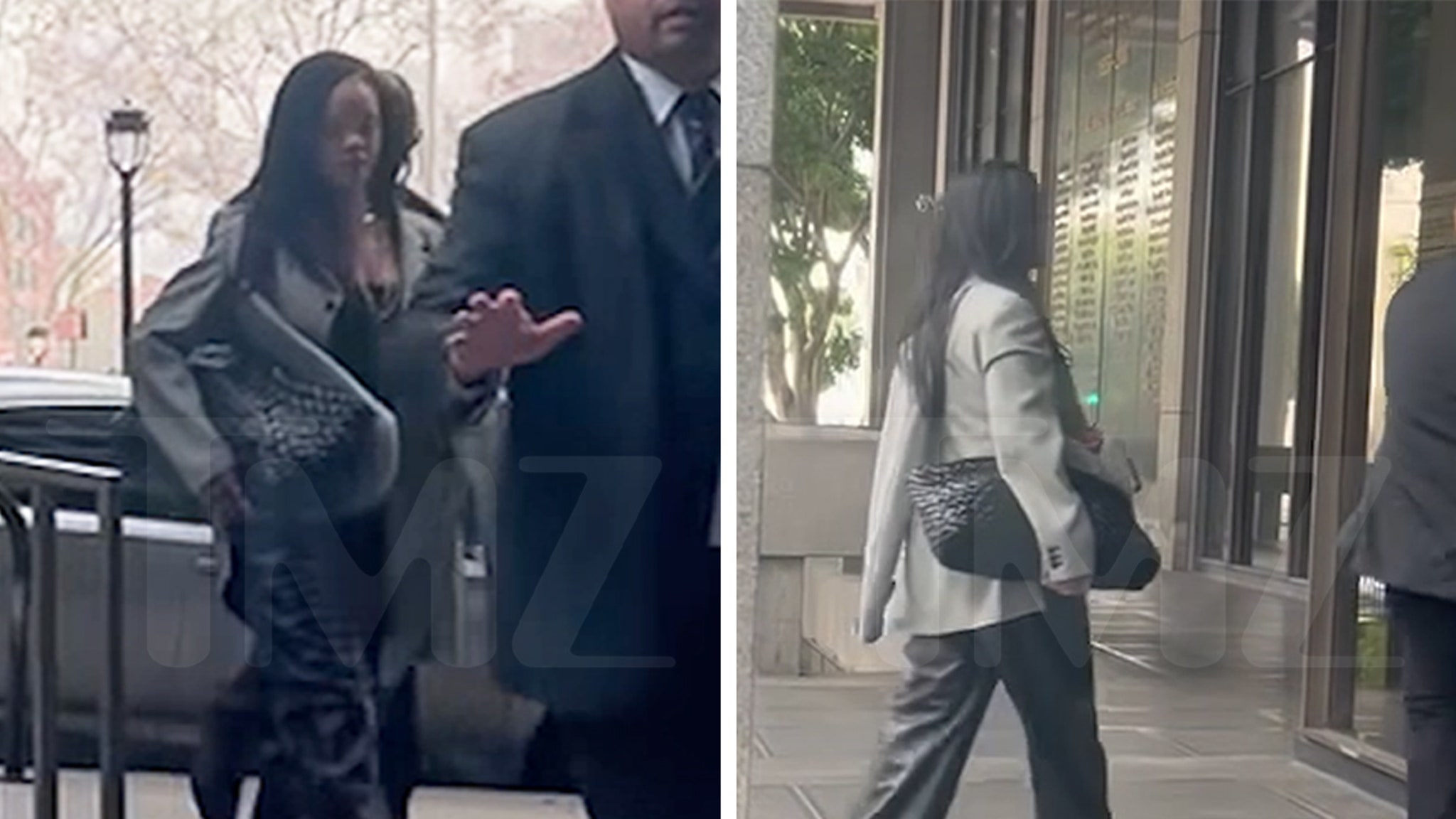





















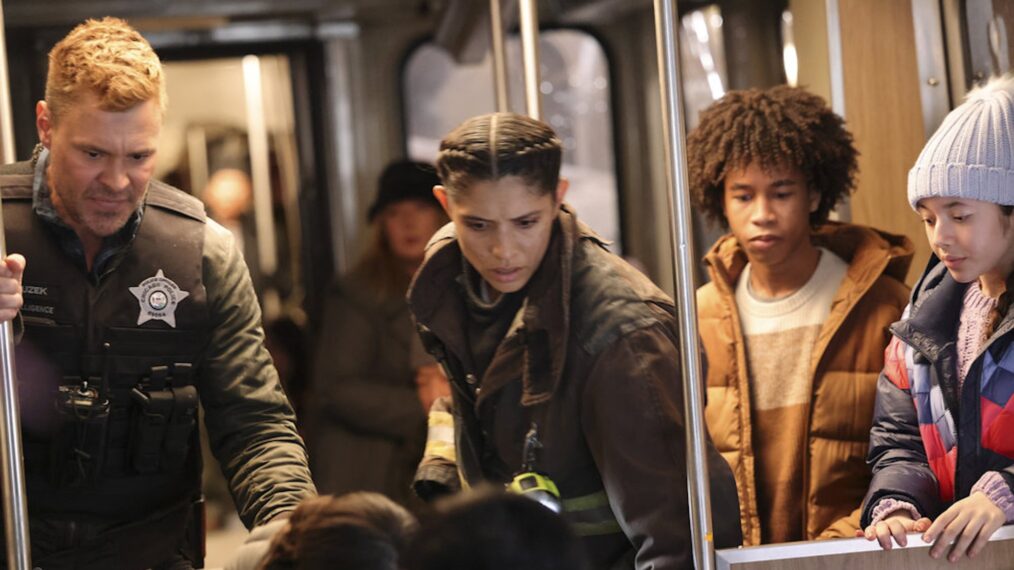


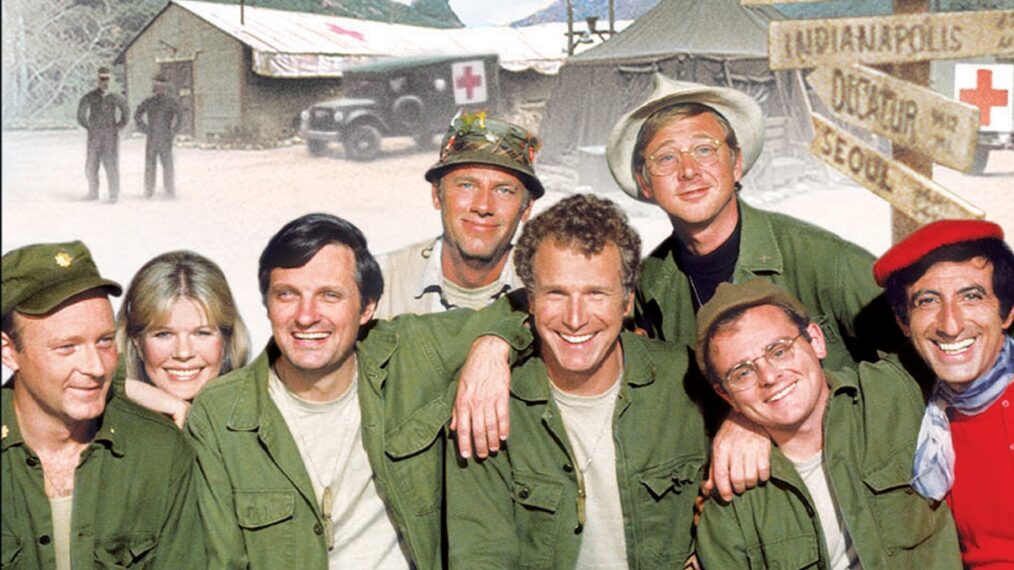












:quality(85):upscale()/2025/01/30/728/n/1922564/bae21b97679ba8cf1dcb88.10828921_.png)









![Don Toliver – NEW DROP [Official Music Video] Don Toliver – NEW DROP [Official Music Video]](https://i.ytimg.com/vi/86kPjLvo86M/hqdefault.jpg)













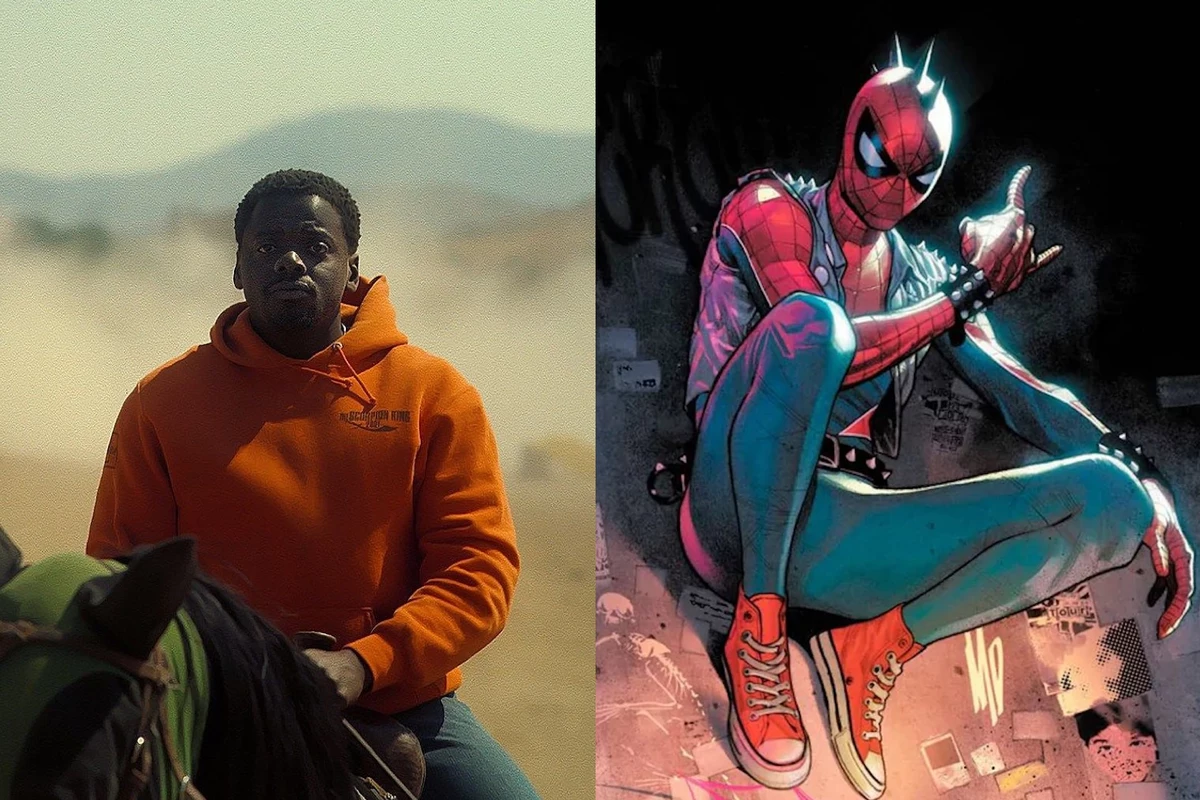
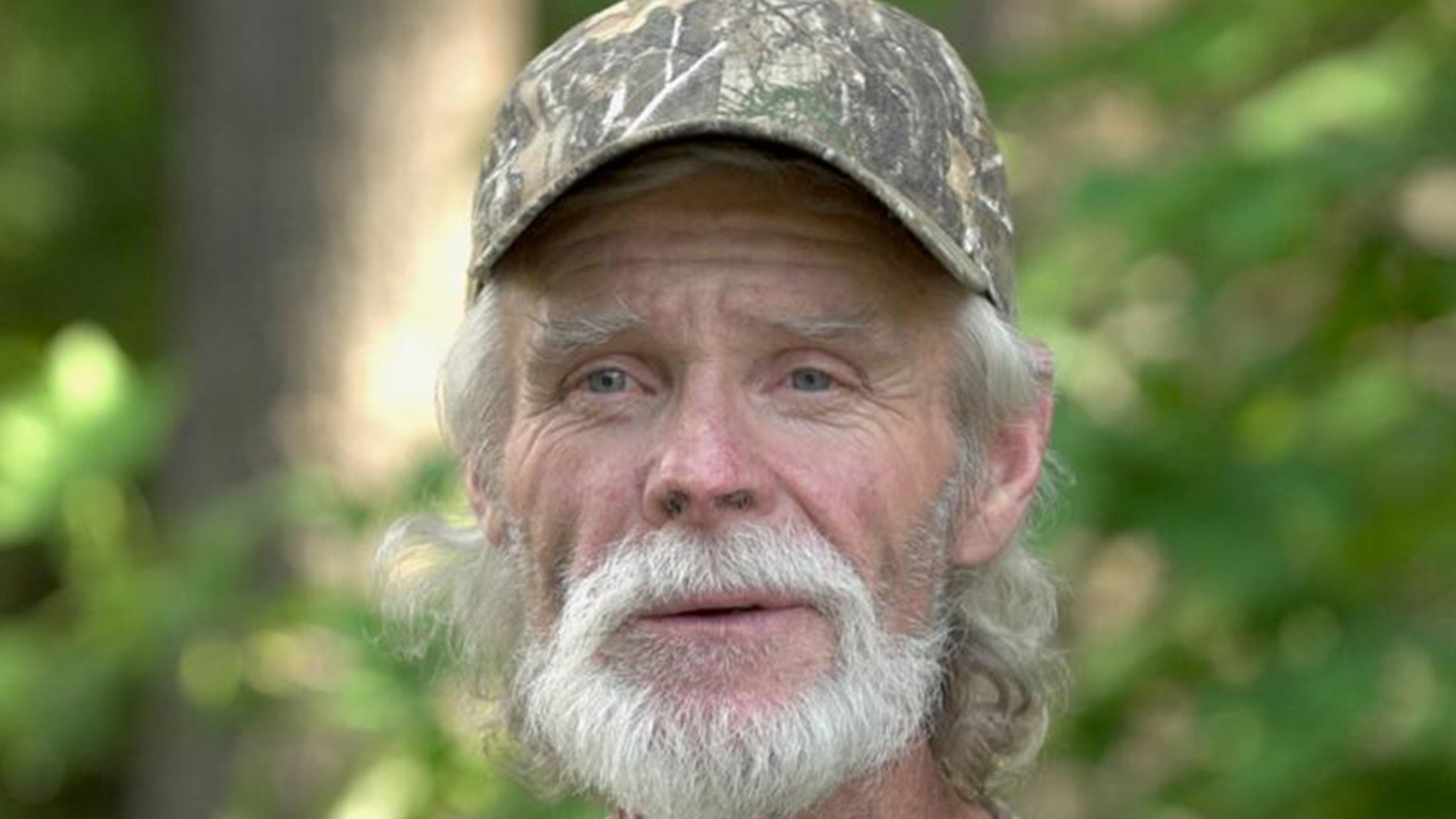






:quality(85):upscale()/2023/11/02/890/n/1922564/2e44d5b8654404f0ee1839.90612222_.png)

